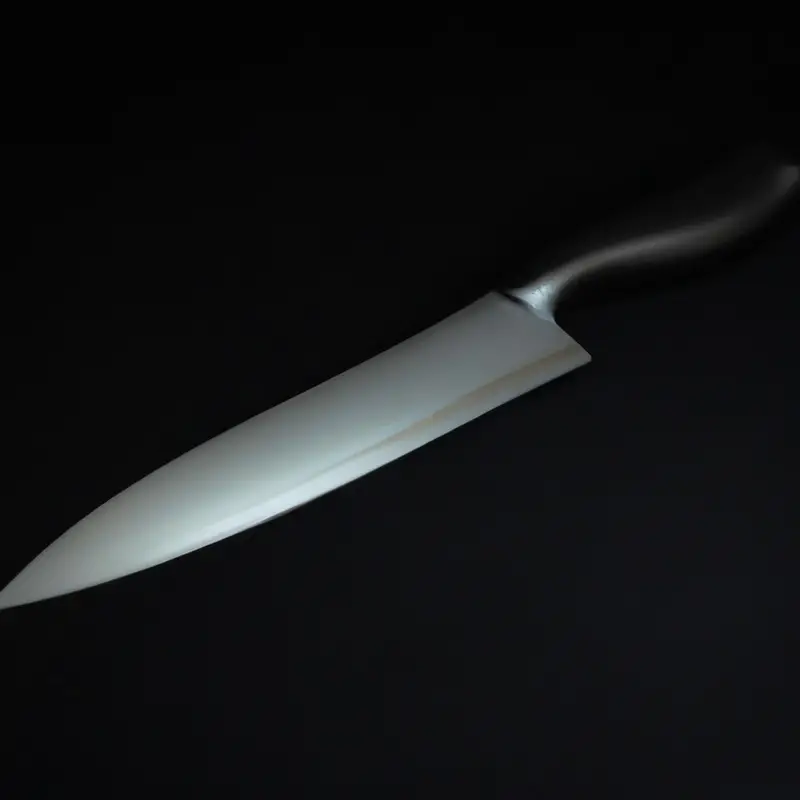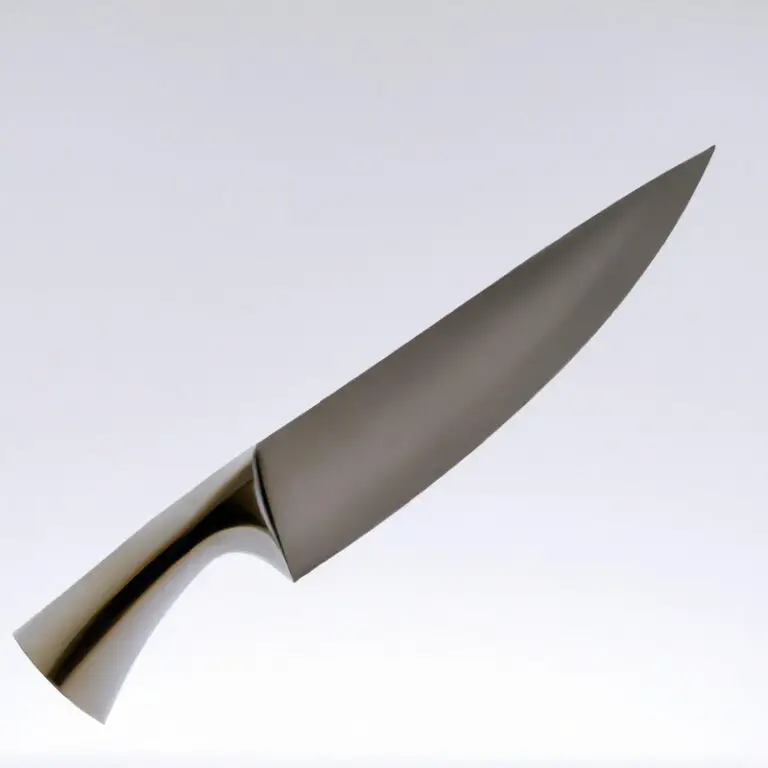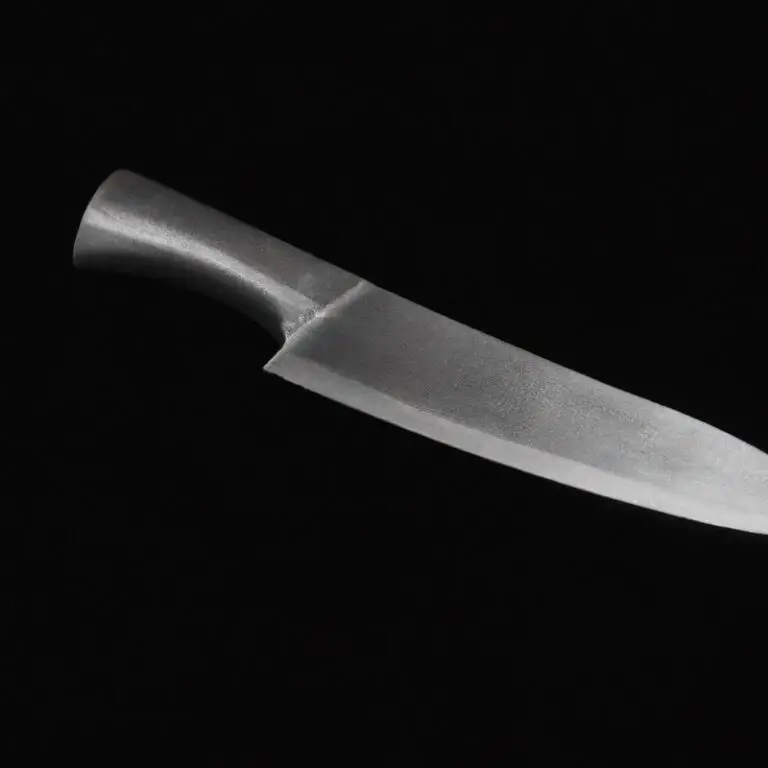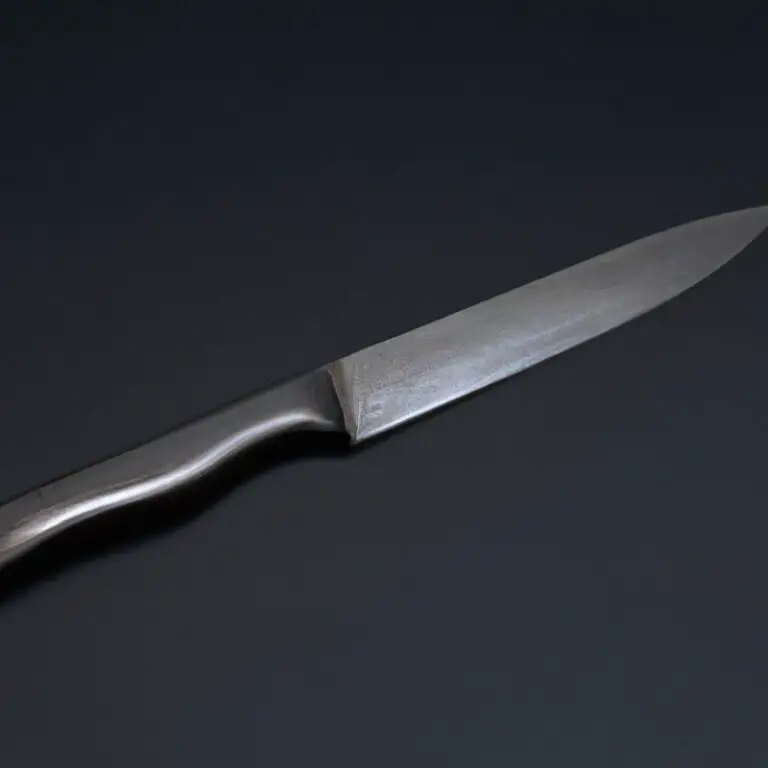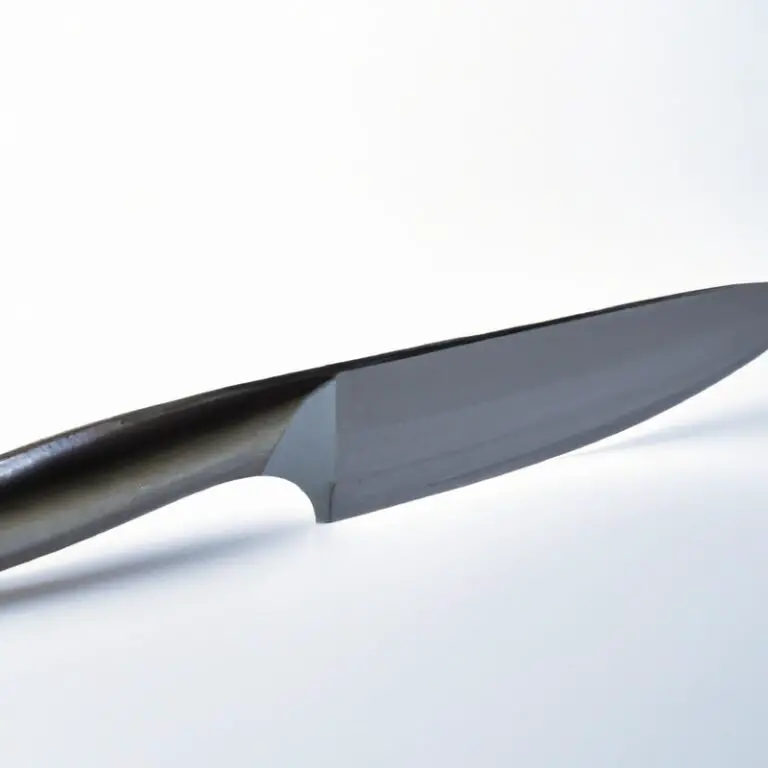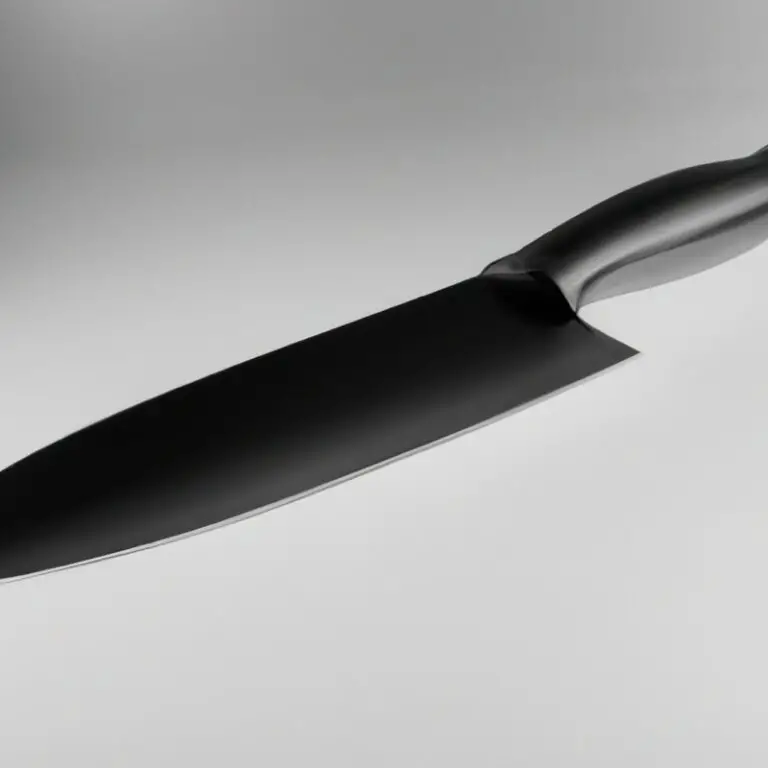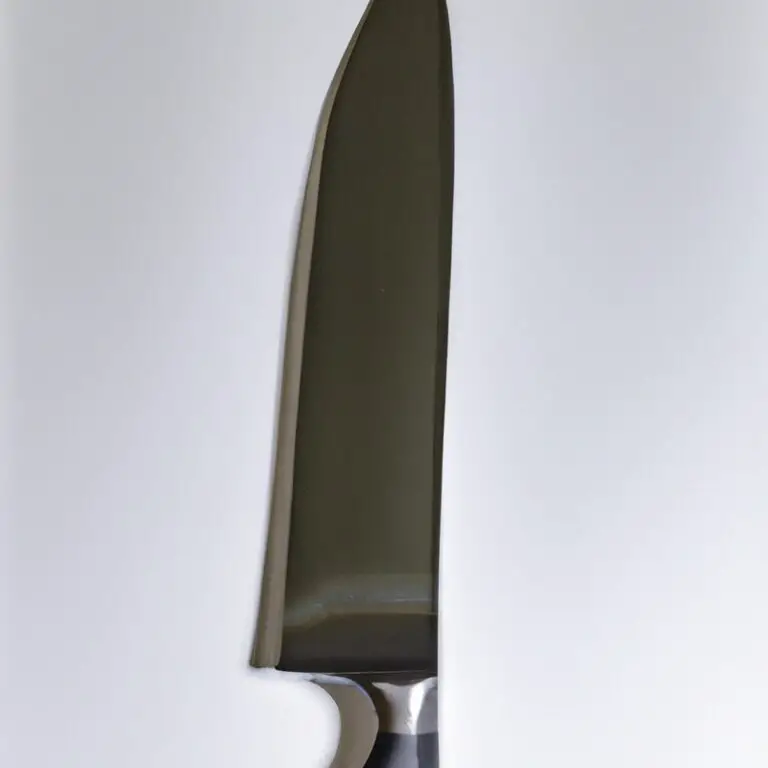Are Santoku Knives Suitable For People With Small Hands? Slice With Ease
Key Takeaways:
- Santoku knives are versatile tools that can be used by anyone, regardless of hand size.
- The size and shape of the Santoku knife can make it easier for people with small hands to use and maneuver.
- It’s always important to choose a knife that feels comfortable and secure in your hand, regardless of its size or style.
- When shopping for a Santoku knife, look for options with ergonomic handles and lightweight designs to ensure optimal control and precision.
Do you struggle to find a kitchen knife that fits comfortably in your hand? As someone with small hands, I understand the struggle of using oversized knives.
That’s why I decided to investigate if Santoku knives are a suitable option.
Santoku knives have become increasingly popular over the years due to their versatility and unique features. In this article, we will explore whether Santoku knives are specifically designed for people with small hands and what factors you should consider before investing in one.
So, let’s dive in and find the perfect knife for your small hands!
| Santoku knife size | Blade length (inches) | Handle length (inches) | Weight (ounces) | Suitable for small hands? |
|---|---|---|---|---|
| Small | 5-6.5 | 4.5-5 | 3-4 | Yes |
| Medium | 6.5-7.5 | 5-5.5 | 4.5-5 | Maybe |
| Large | 7.5-10 | 5.5-6 | 5-7 | No |
Note: This is a general guideline, individual preferences could differ. It’s recommended to test a knife in person before purchase to ensure the proper fit and comfort for your hands.
What is a Santoku Knife and How It Differs from Other Knives?
A Santoku knife is a Japanese all-purpose knife that is gaining popularity in Western kitchens. Unlike other knives, it features a shorter, wider blade that is typically seven to eight inches long.
The blade’s shape is designed to minimize rocking motion, allowing for efficient slicing and chopping.
Santoku knives also typically have a straighter edge than Western knives and lack a pointed tip, making them safer to use. Additionally, the blade is typically thinner and lighter, making it ideal for precision cutting tasks.
Overall, Santoku knives are a versatile tool that can handle a wide variety of kitchen tasks, from slicing and dicing to mincing and chopping.
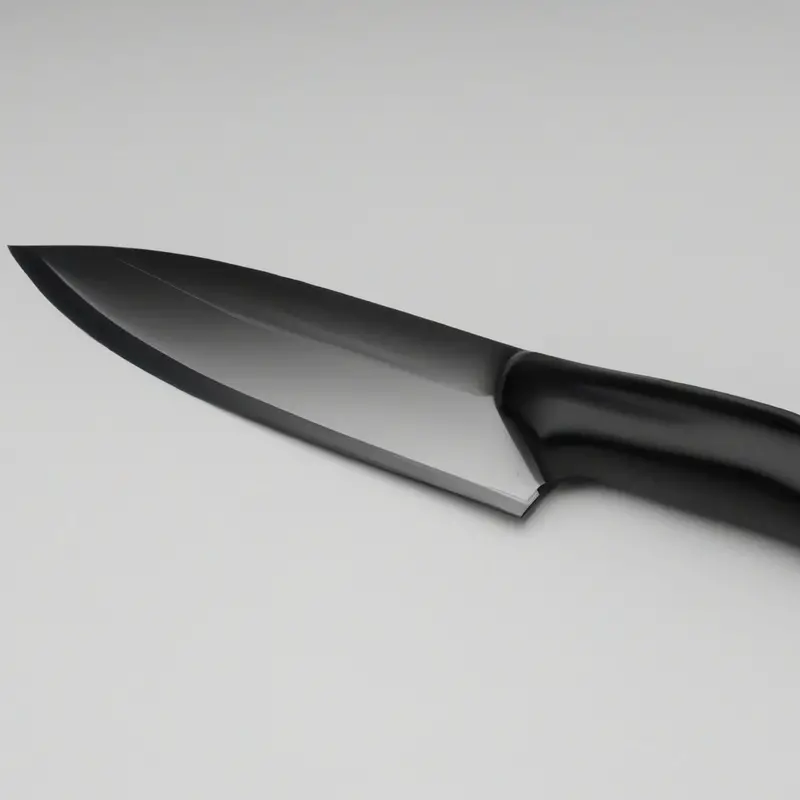
The Importance of Choosing the Right Knife for Your Hands
Choosing the right knife for your hands is crucial for both safety and efficiency in the kitchen. A knife that is too big or too small can cause discomfort and may increase the risk of accidents.
It is important to consider your hand size and grip when selecting a knife.
When choosing a knife for small hands, look for one with a smaller handle and blade length for a comfortable grip and more control. It is also important to test out the knife before purchasing to ensure the weight distribution is suitable for your needs.
By choosing the right knife for your hands, you can improve your cooking experience and be more confident and precise in the kitchen.
Is a Santoku Knife Specifically Designed for People with Small Hands?
The Santoku knife is not specifically designed for people with small hands. It is a multipurpose knife that can be used by anyone regardless of hand size.
However, it is important to choose a Santoku knife that is comfortable to hold and maneuver for maximum control and precision.
When selecting a Santoku knife for small hands, it is essential to consider the grip, blade length, and weight distribution. Additionally, finger guards can enhance safety and comfort for small-handed users while using a Santoku knife.
Key Features to Look for When Choosing a Santoku Knife for Small Hands
When looking for a Santoku knife for small hands, there are certain key features to consider to ensure comfortable and efficient use. These include:
- Blade length: Look for a shorter blade length, typically between 5-7 inches, to easily maneuver the knife.
- Handle size and shape: Opt for a smaller handle size with a comfortable grip that fits your hand size and shape.
- Weight distribution: Choose a balanced knife with weight distribution that provides control and reduces hand fatigue.
- Finger guard: Look for a knife with a finger guard for added safety and comfort during use.
By considering these key features, you can select a Santoku knife that is well-suited for your small hands, allowing for easier and safer use in the kitchen.
Factors to Consider When Testing Out Santoku Knives for Size
When testing out Santoku knives for size, there are a few factors to consider to ensure they are suitable for users with small hands. These include:
- Grip: Look for a knife with a comfortable and secure grip that fits your hand size and shape.
- Blade length: A Santoku knife with a blade length of 5-7 inches is recommended for users with small hands to ensure maximum control and precision.
- Weight distribution: Choose a knife with a balanced weight distribution that feels comfortable and easy to handle.
- Maneuverability: Test the knife to see how easy it is to maneuver and handle, especially for tasks that require intricate movements.
- Finger guards: Check if the knife has finger guards to enhance safety and comfort during use.
By considering these factors when testing out Santoku knives for size, users with small hands can choose a knife that fits comfortably and allows for efficient and precise cutting.
How to Properly Grip a Santoku Knife for Maximum Control
To properly grip a Santoku knife for maximum control, follow these steps:
- Hold the handle with a loose grip, allowing your fingers to wrap around it comfortably.
- Position your thumb and forefinger on either side of the blade’s heel, ensuring that they are not too far forward or too far back.
- Use a pinch grip by pressing your fingers firmly against the blade’s sides, just behind the sharpened edge.
- Keep your arm and wrist straight, aligning the blade with your forearm.
- Use a rocking motion to cut through food, moving the blade up and down while keeping the tip on the cutting surface.
Remember to practice proper safety measures such as keeping your fingers away from the blade and using a cutting board to avoid slips. With the right grip and technique, even those with small hands can enjoy the versatility and functionality of a Santoku knife.
How to Determine the Right Blade Length for Your Hand Size
To determine the right blade length for your hand size when choosing a Santoku knife, measure your hand from the base of the palm to the tip of your middle finger. This measurement will give you an idea of what blade length will be comfortable for you.
Generally, a blade length of 5-7 inches is recommended for those with smaller hands.
It’s also essential to consider the handle’s size and weight to ensure a comfortable grip and balance. Before purchasing, it’s recommended to test out the knife by holding it in your hand to see if it feels comfortable and well-balanced.
Ultimately, the right blade length for your hand size will depend on personal preference and comfort.
How Weight Distribution Affects the Usability of Santoku Knives for Small-Handed Users
The weight distribution of a Santoku knife can have a significant impact on its usability for small-handed users. A heavy handle can cause discomfort, fatigue, and a lack of control during use.
A well-balanced knife with a lighter handle can provide better control and make cutting tasks easier for users with small hands.
When choosing a Santoku knife, it’s important to test the weight distribution to ensure that it is comfortable and easy to handle. A balanced knife can reduce the risk of accidents and make preparation tasks more enjoyable.
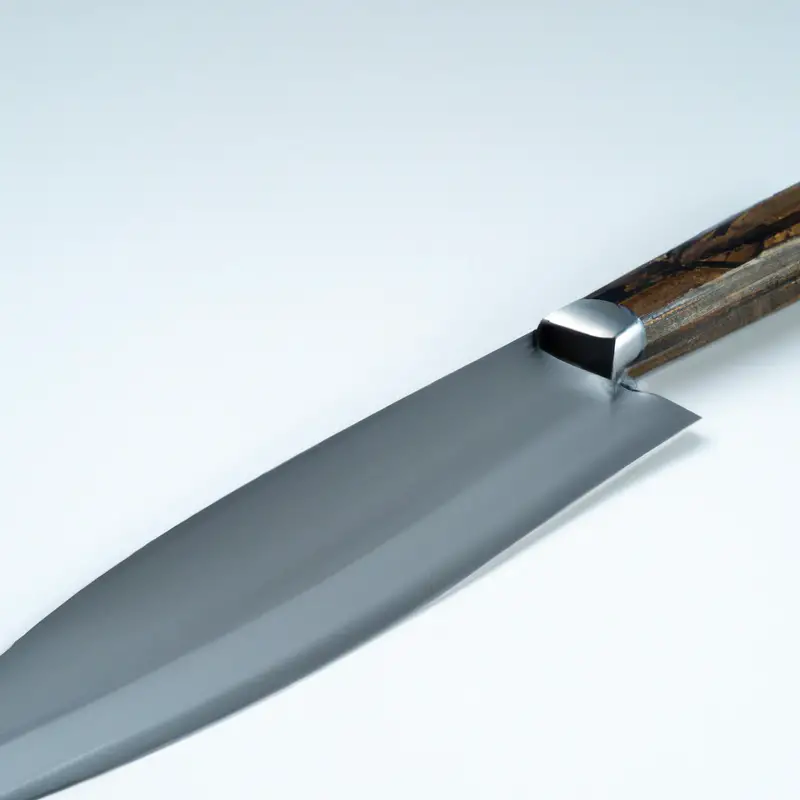
Learning to Maneuver a Santoku Knife with Confidence and Precision
To learn how to maneuver a Santoku knife with confidence and precision, it is essential to practice. Start by holding the knife properly with a firm grip and a comfortable position.
Use your other hand to guide the food while cutting slowly and carefully.
Keep your fingers well above the blade to avoid accidents. Practice cutting techniques like rock-chopping, slicing, and dicing to get comfortable and precise with the Santoku knife.
With time and regular use, you will develop a sense of the knife’s weight, balance, and center of gravity, which will help you maneuver it accurately and confidently.
Remember to keep the blade sharp for optimal performance and safety.
The Role of Finger Guards in Enhancing Safety and Comfort for Small-Handed Users
Finger guards play a critical role in enhancing safety and comfort for small-handed users of Santoku knives. These guards protect the fingers from accidentally sliding onto the blade, preventing cuts and injuries.
When choosing a Santoku knife, ensure that it has a finger guard to protect your fingers while chopping or slicing.
The finger guard also provides a comfortable grip that allows you to have full control of the knife, enhancing precision and accuracy in your cuts. When using a Santoku knife, always make sure your fingers are behind the finger guard to prevent any accidents.
Final Verdict
Santoku knives can be an excellent choice for small-handed users if chosen wisely. It is essential to prioritize comfort, safety, and precision when selecting a Santoku knife.
Key features such as the handle design, blade length, weight distribution, and finger guard can significantly affect the usability of the knife.
By considering these factors and properly gripping the knife, small-handed users can confidently and seamlessly maneuver their Santoku knife while maximizing control. It is our hope that this article has provided valuable insights and practical tips for small-handed individuals looking to embrace the versatility of Santoku knives.
Remember, in selecting the right Santoku knife, your comfort and safety come first.

